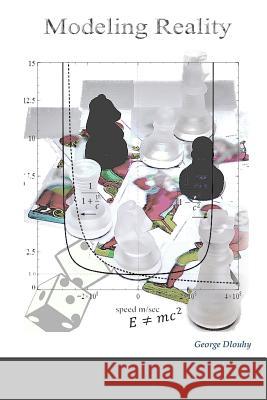Modeling Reality » książka
Modeling Reality
ISBN-13: 9781484990926 / Angielski / Miękka / 2013 / 82 str.
There is nothing new about modeling reality. It has been put to practice since humans first invented toys. For children, toys mimic reality and possess many characteristics, taken from the real world. They help to understand complexities of our world on simplified models, on simple replicas of some real, complex objects and situations. The modeling in this brochure follows a similar scenario, analyzing real objects and situations by using abstract and real models. With the help of this modeling, this book ambitiously takes on revealing, or at least simplifying, some of the mysterious aspects of our existence on this planet. The modeling, used in this brochure, derives tangible guidelines, which lead to conclusion that our world is just a computer simulation or just a mere game, being played in another dimension. Since computers and programming started many decades ago, I am well aware that I am not the first person to suggest this comparison. There must be many of us, puzzled by such close resemblance of our world and the virtual digital world. Especially, when towards the end of the twentieth century, the Object Oriented Programming took off. Modeling of objects in our world into the digital world of computers is revealing and tempting to draw parallels between these two. The most radical concept, described in this book, is based on refutation of special theory of relativity and the speed of light is curtailed to be constant only relative to its source. The light and time create an illusion in our mind what opens completely new outlook on our world. Some conclusions also contradict generally accepted beliefs, like for example belief that a clock on a fast moving object slows down. The first edition of this booklet was meant to be just a guideline for general public, to elaborate on the ideas raised and to create a qualified discussion. As time has progressed I realized that I was asking too much. This booklet did not raised expected discussion and media and universities I contacted, all of them but one, shied away without any response. The only remedy left to me was to continue and elaborate on these issues myself. This sixth edition is therefore the first, combining most of the basic changes to this new concept into a series of easily understandable steps. When reading this brochure you might undertake the same process of reasoning and you might draw the same conclusions. I do not ask you to believe what you find here, though. All what I am asking, if I may, is to consider Rene Descartes' undying legacy: "Cogito, ergo sum." (I think, therefore I am.)"











